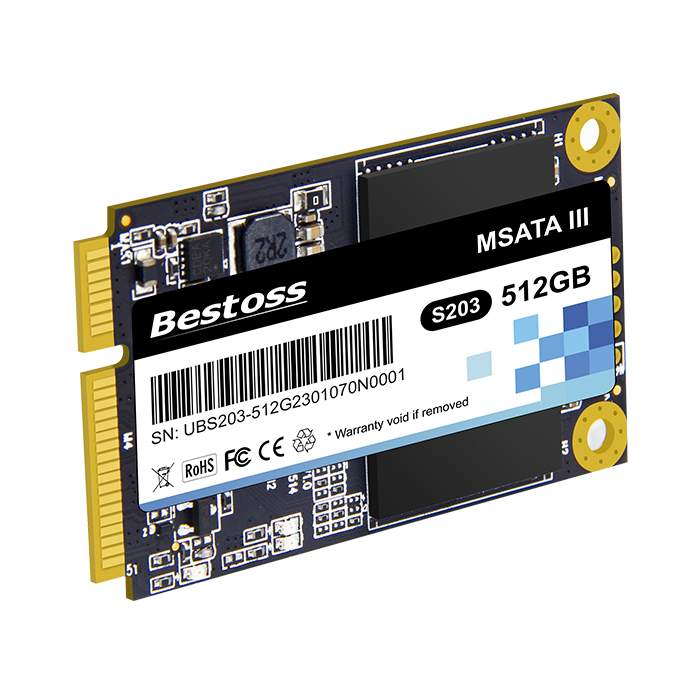
Are you tired of waiting forever for your computer to boot up or load applications? Do you want to get the most out of your SSD investment? Look no further! In this guide, we'll show you how to optimize your SSD for maximum performance. By following these tips and tricks, you can speed up your computer, extend the lifespan of your SSD, and enjoy lightning-fast performance like never before. So, let's dive in!
To optimize your SSD for maximum performance, it's important to understand how this type of storage works. Unlike traditional hard drives, which use spinning disks to read and write data, SSDs store data on flash memory chips. When you save or access data on an SSD, the controller chip retrieves the information from the NAND flash memory and sends it to your computer's CPU. By understanding how an SSD works, you can better optimize it for your needs.
Your computer's BIOS (Basic Input/Output System) contains settings that can affect your SSD's performance. For example, you may need to enable AHCI (Advanced Host Controller Interface) mode to allow your SSD to use its full potential. Other settings to consider include disabling legacy IDE mode and enabling UEFI boot mode if available. By configuring your BIOS settings correctly, you can ensure that your SSD is working as efficiently as possible.

Just like any other hardware component, SSDs require firmware updates from time to time. These updates can improve performance, fix bugs, and add new features. Additionally, updating your SSD's drivers can also help ensure that it's working as intended. Be sure to check your SSD manufacturer's website regularly for firmware and driver updates.
When data is deleted from an SSD, the process is different than with a traditional hard drive. With an HDD, data is simply marked as deleted, but remains on the disk until overwritten with new data. On an SSD, deleted data is immediately marked as free space and ready for use by new data. However, this can cause "write amplification," which can slow down performance over time. To combat this, SSDs use a technique called TRIM, which tells the controller chip to clear out unused data blocks. Enabling TRIM can help ensure consistent performance and prevent slowdowns.
Power settings can also affect your SSD's performance. By adjusting your computer's power plan, you can balance performance with energy efficiency. For example, setting your computer to a high-performance power plan can improve SSD performance, but it may also cause your computer to use more energy and generate more heat. On the other hand, setting your computer to a power-saving plan may reduce SSD performance, but it will also conserve battery life and reduce heat.

By default, Windows indexes files on your hard drive to improve search performance. However, this feature can be resource-intensive and may slow down your SSD. Disabling indexing and other unnecessary services can free up system resources and allow your SSD to work faster. To disable indexing, go to Control Panel > Indexing Options and select "Modify." From there, you can turn off indexing for specific drives or file types.
There are several third-party tools available that can help you optimize your SSD for maximum performance. These tools can perform tasks such as clearing temporary files, disabling startup programs, and optimizing your computer's registry. Additionally, some SSD manufacturers offer their own optimization tools, so be sure to check their websites for these options.
Finally, it's important to monitor your SSD's health and performance over time. This can help you identify potential issues before they become major problems. Some SSD manufacturers offer their own monitoring software, while others recommend third-party tools such as CrystalDiskInfo or HWMonitor. By monitoring your SSD regularly, you can ensure that it's working at peak performance and catch any issues early on.
Start by implementing some of the tips we've outlined in this guide. If you need help along the way, don't hesitate to reach out to the manufacturer of your SSD. With a little effort and attention, you can unlock the full potential of your SSD and supercharge your computing experience.